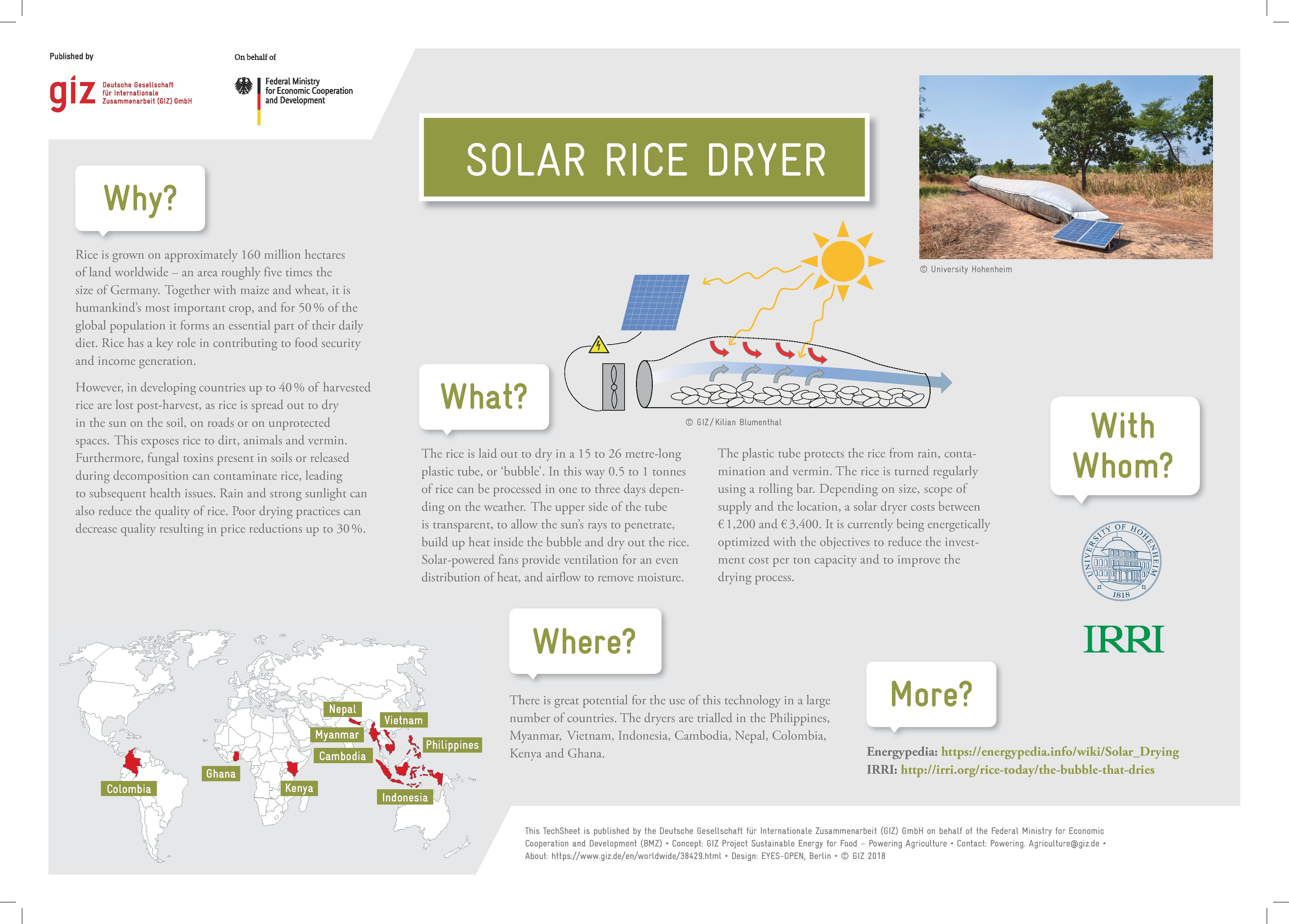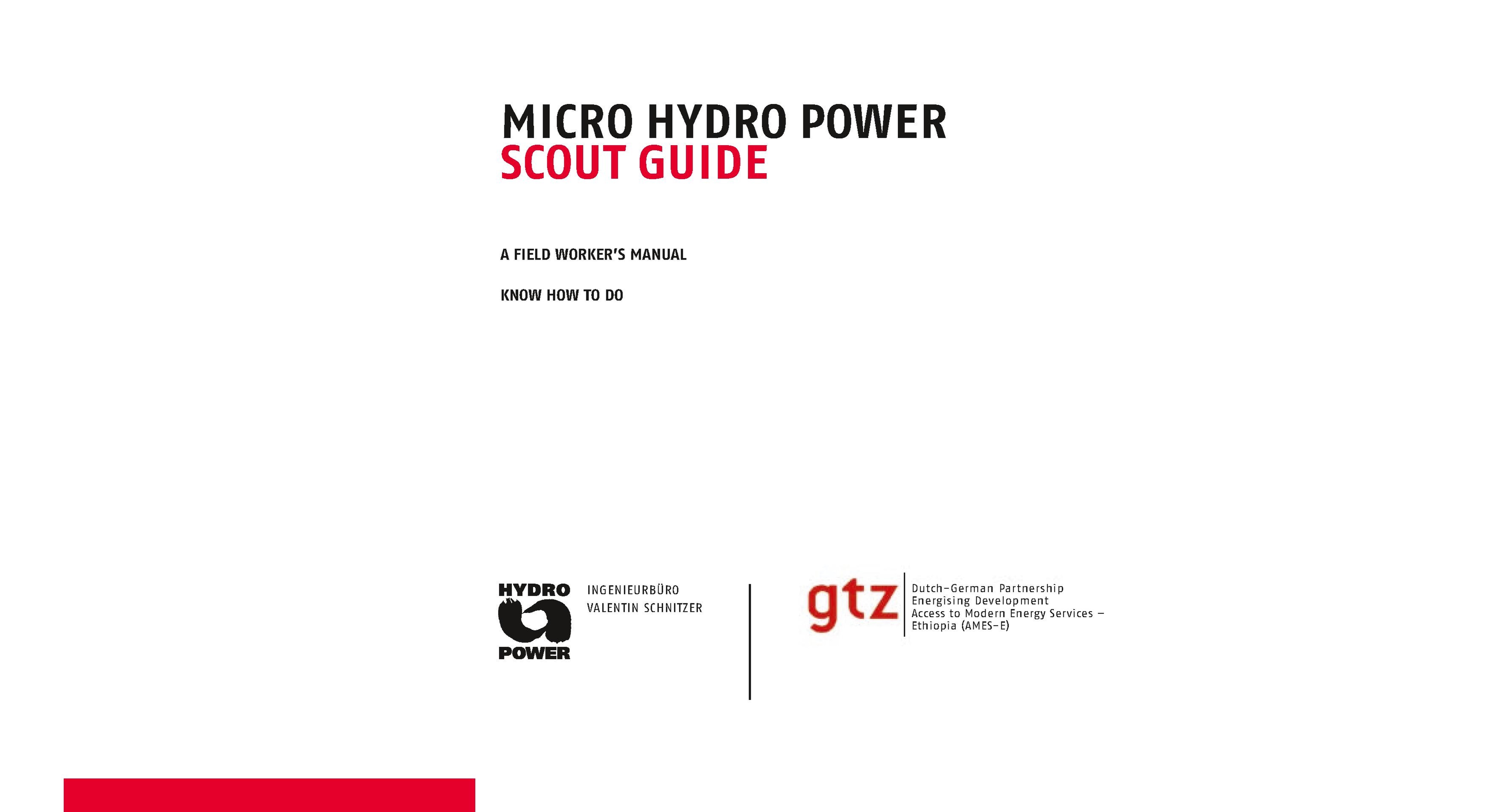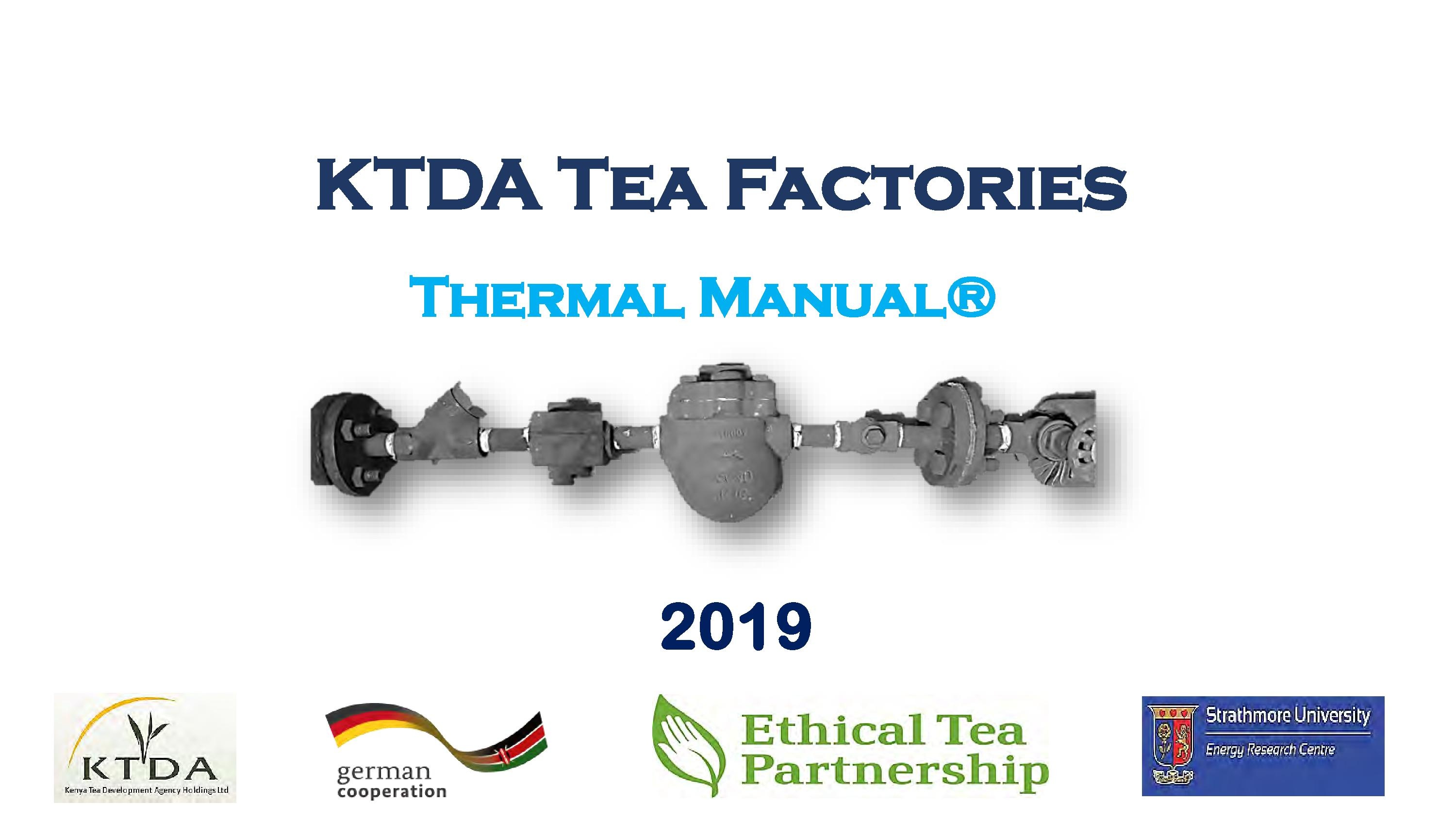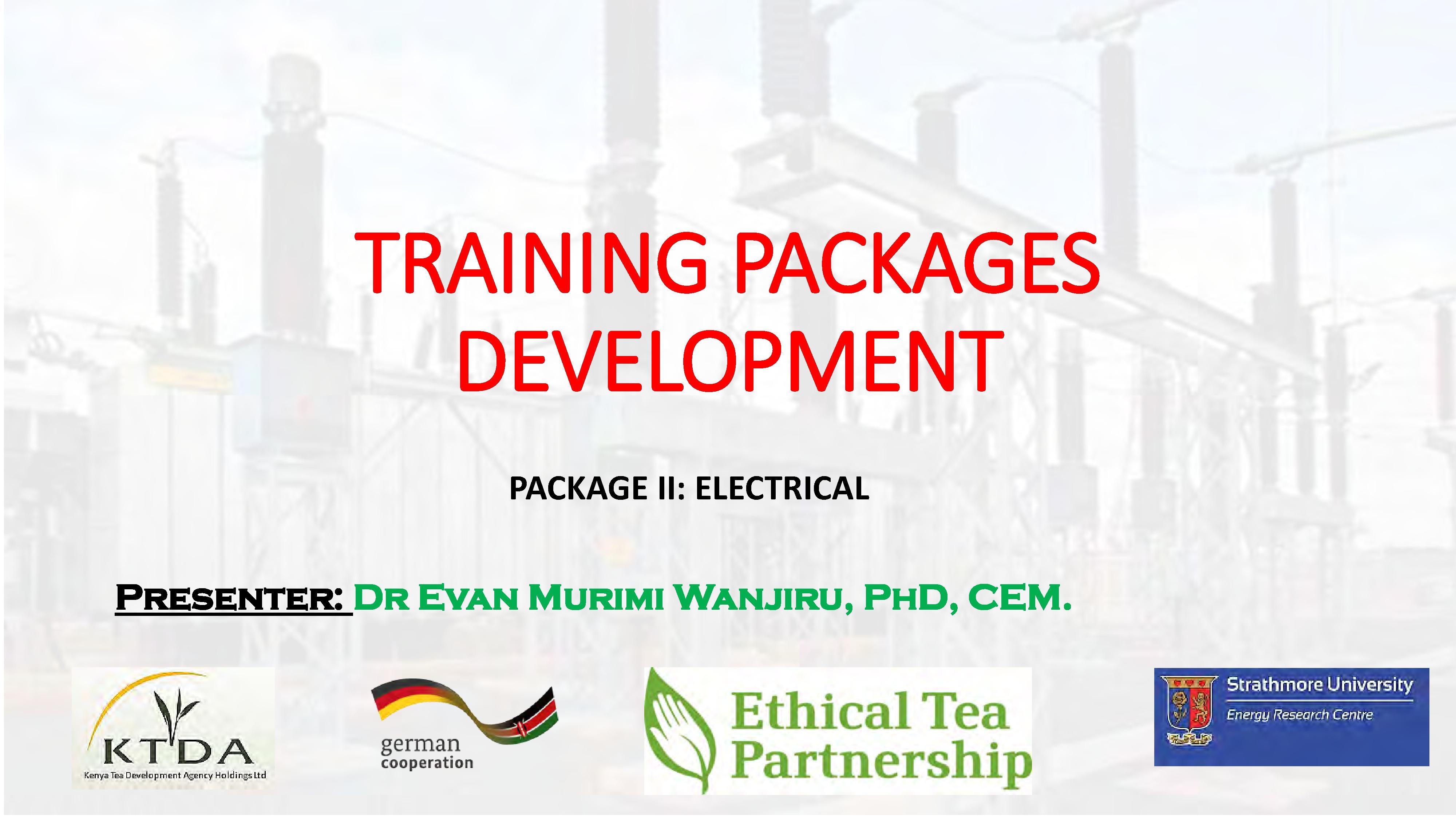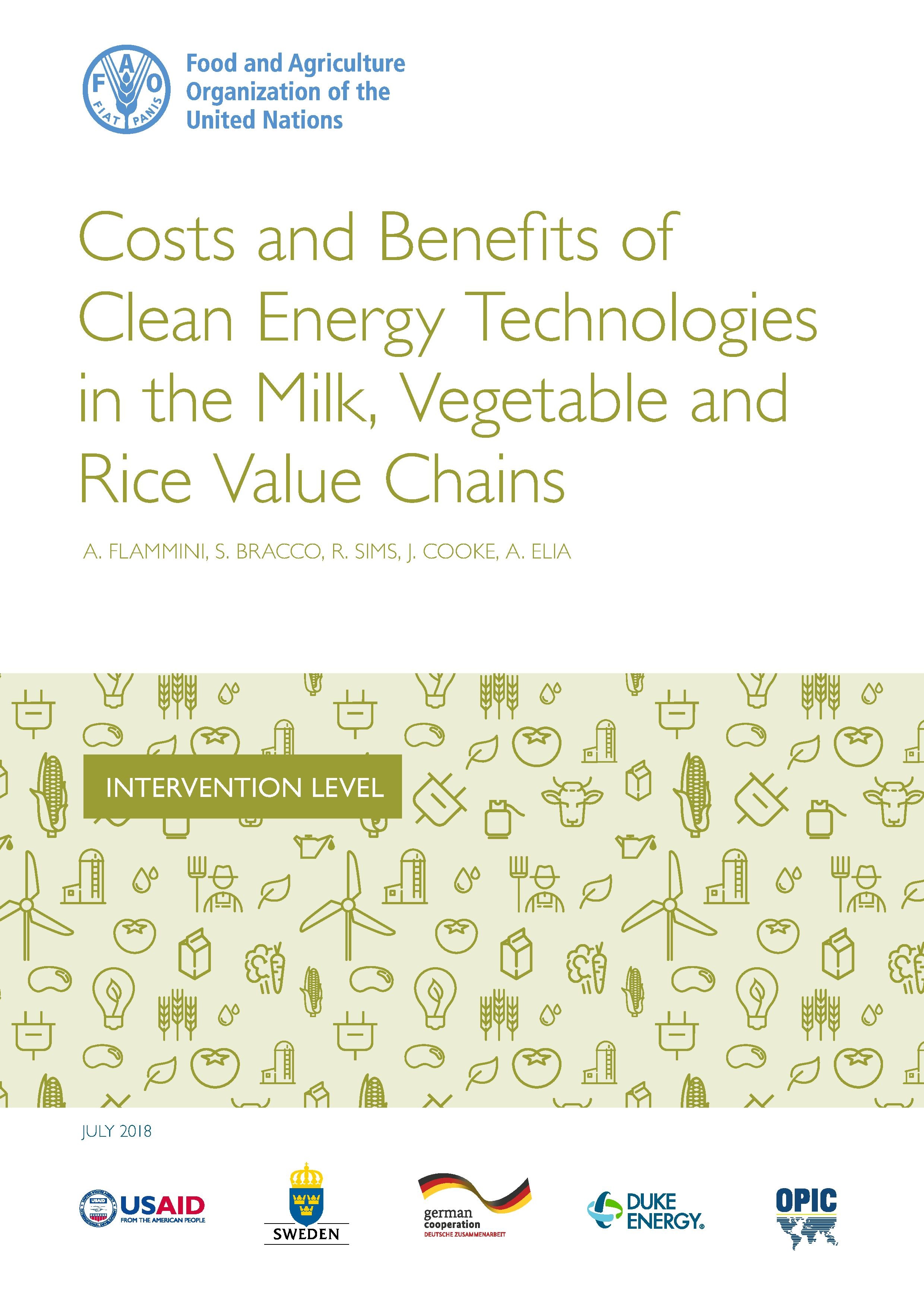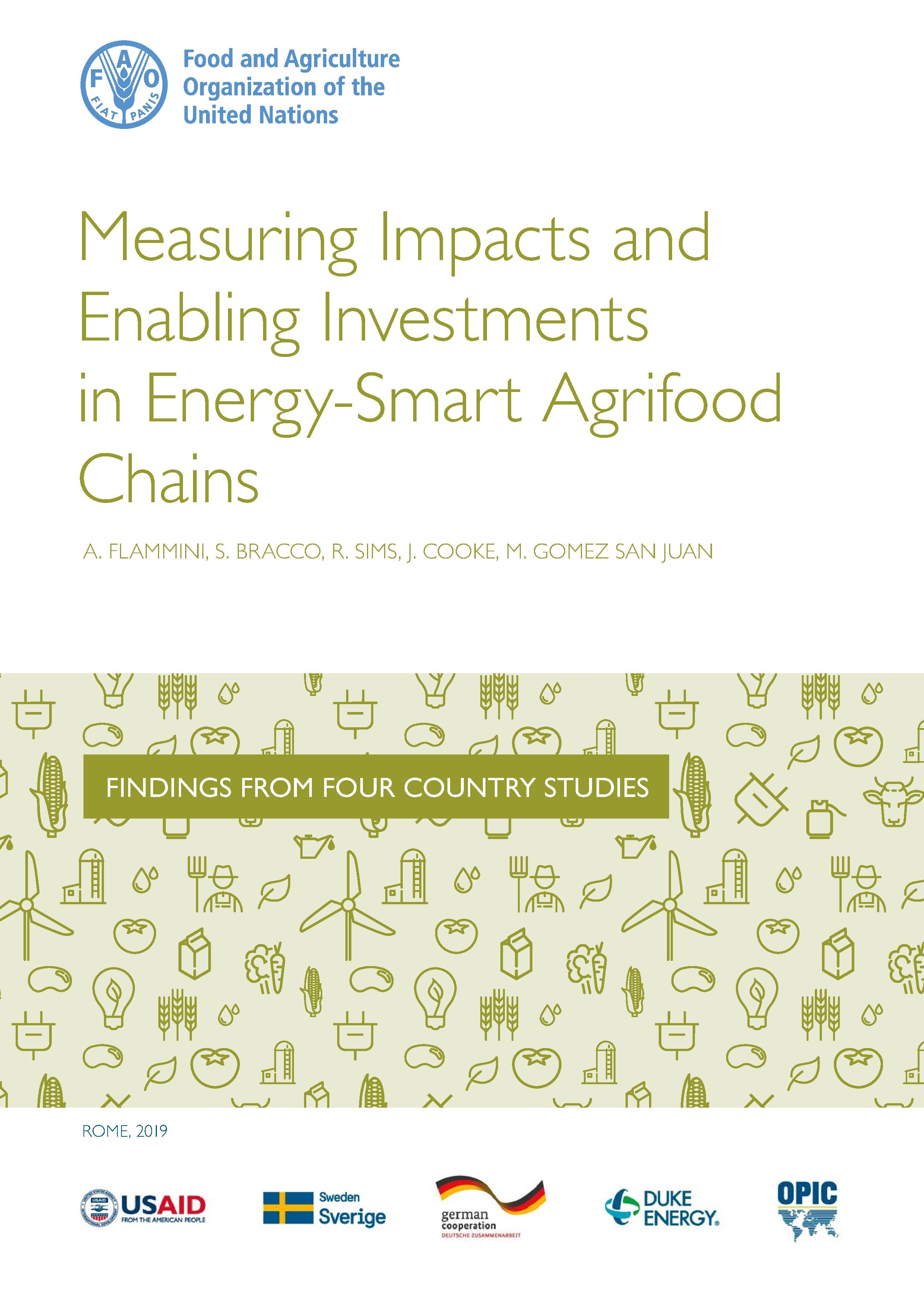Difference between revisions of "Climate-Smart Agrifood Systems: Publications"
From energypedia
***** (***** | *****) |
***** (***** | *****) |
||
| Line 100: | Line 100: | ||
*[[File:Hydro_scout_guide_ET_may10.pdf|GIZ (2010). Micro Hydro Power Scout Guide.]]<br/> | *[[File:Hydro_scout_guide_ET_may10.pdf|GIZ (2010). Micro Hydro Power Scout Guide.]]<br/> | ||
| − | |||
| − | |||
| − | |||
| − | |||
| − | |||
| − | |||
| − | |||
| − | |||
| − | |||
| − | |||
| − | |||
| − | |||
| − | |||
| − | |||
| − | |||
| − | |||
<br/> | <br/> | ||
| Line 147: | Line 131: | ||
<br/> | <br/> | ||
| − | == Tea<br/> == | + | == Tea == |
| + | |||
| + | *[[File:Training_Package_I_Thermal.pdf|KTDA, ETP and Strathmore University (2019). Training Package Thermal.]]<br/> | ||
| + | *<u><font color="#0066cc"></font></u>[[File:Training_Package_II_Electricial.pdf|KTDA, ETP and Strathmore University (2019). Training Package Electrical.]]<br/> | ||
| + | |||
| + | <br/> | ||
| + | |||
| + | = Financing and Business Models<br/> = | ||
| + | |||
| + | *[https://www.reeep.org/sites/default/files/REEEP_Making_The_Case.pdf REEEP and FAO (2014): Making the Case: How Agrifood Firms are Building New Business Cases in the Water-Energy-Food Nexus]''<span style="text-align: left; color: rgb(0, 0, 0); text-transform: none; text-indent: 0px; letter-spacing: normal; font-family: arial,helvetica; font-size: 13.6px; font-style: normal; font-variant: normal; font-weight: 400; text-decoration: none; word-spacing: 0px; float: none; display: inline !important; white-space: normal; orphans: 2; background-color: transparent; -webkit-text-stroke-width: 0px;">.</span>''<br/> | ||
| + | *'''INVESTA Project '''<br/> | ||
| + | **[[File:Costs_and_Benefits_of_Clean_Energy_Technologies_in_the_Milk,_Vegetable_and_Rice_Value_Chains.pdf|FAO (2018). The Costs and benefits of clean energy technologies in the milk, vegetable and rice value chains.]]''<span style="font: italic 400 12.93px/19.4px arial, helvetica; text-align: left; text-transform: none; text-indent: 0px; letter-spacing: normal; word-spacing: 0px; float: none; display: inline !important; white-space: normal; orphans: 2; font-size-adjust: none; font-stretch: normal; background-color: transparent; -webkit-text-stroke-width: 0px;"></span>''<br/> | ||
| + | **[[File:Measuring_Impacts_and_Enabling_Investments.pdf|FAO (2019). Measuring Impacts and Enabling Investments in Energy-Smart Agrifood Chains.]]<br/> | ||
| + | |||
| + | *'''INVESTA Policy Briefs'''<br/> | ||
| + | **[http://www.fao.org/3/i8017en/I8017EN.pdf FAO (2018). Costs and Benefits of Clean-Energy-Technologies in the Milk Value Chain.]<br/> | ||
| + | **[https://poweringag.org/sites/default/files/costs-and-benefits-of-clean-energy-technologies-in-kenya-vegetable-value-chain.pdf FAO (2018). Costs and Benefits of Clean-Energy-Technologies in Kenya’s Vegetable Value Chain].<br/> | ||
| + | **[http://www.fao.org/3/i8017en/I8017EN.pdf FAO (2018). Costs and Benefits of Clean Energy Technologies in the Philippines’ Rice Value Chain.]<br/> | ||
| − | * | + | *[http://www.fao.org/fileadmin/templates/tci/pdf/RuralInvestBrochure_en.pdf FAO. RuralInvest – A Participatory Approach to Identifying and Preparing Small/Medium Scale Agricultural and Rural Investments.]<br/> |
| − | |||
| − | |||
| − | |||
| − | |||
| − | |||
| − | |||
| − | |||
<br/> | <br/> | ||
Revision as of 11:20, 10 October 2019
Sustainable Energy for Food
- FAO and GIZ (2015). Opportunities for Agri-Food Chains to become Energy-Smart.
- World Business Council for Sustainable Development (2014). Co-optimizing Solutions: Water and Energy for Food, Feed and Fiber.
- GIZ (2016). Sustainable Energy for Food - Massive Open Online Course - Reader.
- IRENA (2016). Renewable Energy Benefits - Decentralised Solutions in Agri Food-Chains.
Water Use in Agriculture
- FAO. The World is Thirsty ...
- IGRAC (2019). Groundwater in a Changing World.
- FAO. Irrigation Management.
- Strzepek, K., & Boehlert, B. (2010). Competition for water for the food system. Philosophical transactions of the Royal Society of London. Series B, Biological sciences, 365(1554).
- David Molden and IWMI (2007). Water for Food, Water for Life. Earthscan.
- Gruère, G. and H. Le Boëdec (2019). Navigating pathways to reform water policies in agriculture. OECD Food, Agriculture and Fisheries Papers, No. 128, OECD Publishing, Paris.
- FAO and World Water Council (2015). Towards a Water and Food Secure Future – Critical Perspectives for Policy-Makers.
Application
Pumping and Irrigation
- Country Case Study Ongata-Rongai (Kenya): Hydroponics
- Country Case Study Chile – La Tirana
- Country Case Study India –Lalpura
- Country Case Study Holgojo Farm (Kenya)
- Country Case Study Alaoui (Morocco)
- IRENA (2016). Solar Pumping for Irrigation: Improving Livelihoods and Sustainability.
- FAO and GIZ (2018). The Benefits and Risks of Solar-Powered Irrigation: An Overview.
- GIZ (2019). Investigation de l’impact des installations de pompage solaire sur la consommation d’eau et la situation socio- économique d’un agriculteur dans 3 zones pilotes au Maroc.
- UNICEF (2019). Le Pompage Solaire. Appliqué aux Adductions d’Eau Potable en milieu rural. Manuel de Formation.
Cooling
- GIZ (2018). Implications of natural refrigerants for cooling technologies.
- REEEP (2017). Clean Energy Solutions for Milk Cooling in India and Kenya.
Drying
Other Type of Food Processing
Energy Source
Solar Power
- Solar Powered Irrigation Country Case Study Chile – La Tirana.
- Country Case Study India –Lalpura.
- Country Case Study Holgojo Farm (Kenya).
- Country Case Study Alaoui (Morocco).
- IRENA (2016). Solar Pumping for Irrigation: Improving Livelihoods and Sustainability.
- FAO and GIZ (2018). The Benefits and Risks of Solar-Powered Irrigation: An Overview.
- GIZ (2019). Investigation de l’impact des installations de pompage solaire sur la consommation d’eau et la situation socio- économique d’un agriculteur dans 3 zones pilotes au Maroc.
- UNICEF (2019). Le Pompage Solaire. Appliqué aux Adductions d’Eau Potable en milieu rural. Manuel de Formation.
Solar Powered Cooling
- Costs and Benefits of Clean-Energy-Technologies in the Milk Value Chain:
Solar Drying
Other Solar Powered Applications
Biomass / Biogas
- World Bank Group (2019). Have Improved Cookstoves Benefitted Rural Kenyans?
- Bioenergy for Agricultural Production.
Wind and Hydro Power
Value Chains
Dairy
- ICFN and FAO (2010). Pro-Poor Livestock Policy Initiative. Status and Prospects for Smallholder Milk Production: A Global Perspective.
- Costs and Benefits of Clean-Energy-Technologies in the Milk Value Chain:
Rice
- FAO (2015). The Rice Value Chain in Tanzania. A Report from the Southern Highlands Food Systems Programme.
- Winrock International (2012). Rice Value Chain Analysis – Sokoto State Nigeria.
- Nidagundi, A. and Mulimani, R. (2017). Design and Fabrication of Solar Paddy Threshing Machine for Agriculture Purpose. International Journal of Innovative and Emerging Research in Engineering, 4(10).
- FAO (2018). Costs and Benefits of Clean Energy Technologies in the Philippines' Rice Value Chain.
Fruit and Vegetables
- Solar-Powered Oil Press for Sesame Seed
- F. Joosten, Y. Dijkxhoorn, Y. Sertse and R.Ruben. How Does the Fruit and Vegetable Sector contribute to Food and Nutrition Security?
Tea
Financing and Business Models
- REEEP and FAO (2014): Making the Case: How Agrifood Firms are Building New Business Cases in the Water-Energy-Food Nexus.
- INVESTA Project
- INVESTA Policy Briefs
Energy Efficiency
- Energy Efficiency Potentials in the Kenyan Tea Sector – Reducing Energy Consumption at Tea Processing Factories: https://energypedia.info/images/0/05/Reducing_Energy_Consumption_at_Tea_Processing_Factories.pdf

